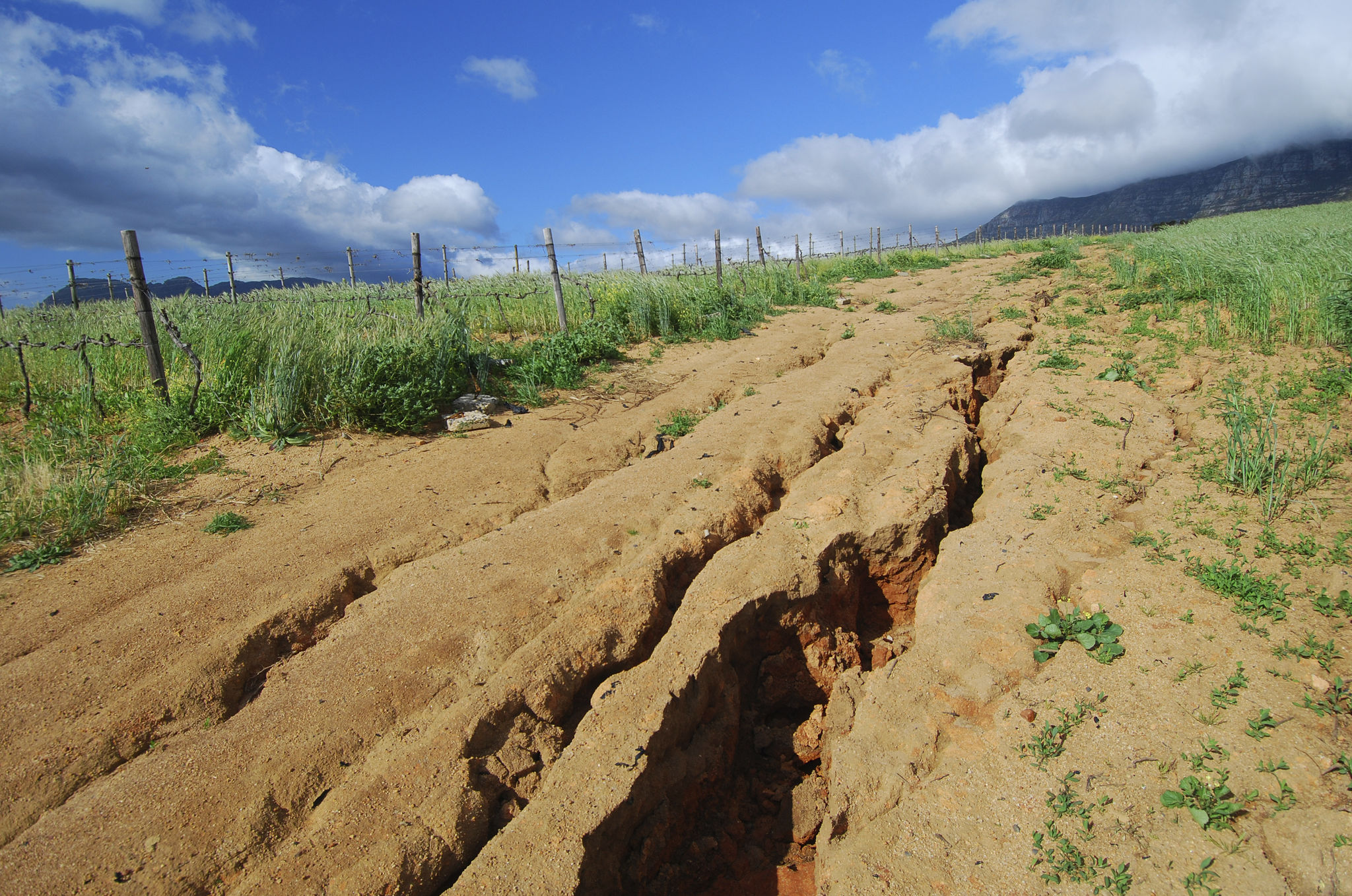Expert Tips for Effective Erosion Control in North Carolina
Understanding Erosion Control
Erosion control is a critical aspect of land management, especially in North Carolina, where diverse landscapes and weather patterns can contribute to significant soil erosion. Effective erosion control helps in maintaining soil health, preventing water pollution, and preserving local ecosystems. By implementing the right strategies, landowners can protect their properties and contribute to environmental sustainability.

Assessing Your Land
The first step in effective erosion control is assessing the specific conditions of your land. This involves identifying areas most susceptible to erosion, such as slopes, disturbed soils, or regions with sparse vegetation. By understanding the unique challenges of your property, you can tailor your approach to address these issues effectively.
Consider consulting with local experts who can provide insights into the soil type, topography, and climate conditions in your area. This information is crucial for developing a comprehensive erosion control plan that meets your land's needs.
Implementing Vegetative Solutions
Vegetation plays a vital role in controlling erosion by stabilizing soil and reducing runoff. Planting native grasses, shrubs, and trees can significantly reduce the impact of rain and wind on exposed soil surfaces. These plants have deep root systems that anchor the soil, minimizing erosion risks.

Using Mulching Techniques
Mulching is another effective strategy for erosion control. By covering the soil with organic materials like straw, wood chips, or compost, you can protect it from direct rainfall impact and reduce runoff. Mulching also improves soil fertility and moisture retention, promoting healthy plant growth.
Apply a thick layer of mulch around vulnerable areas, especially on slopes or bare patches, to shield them from erosion. Regularly replenish the mulch to maintain its protective benefits.
Employing Structural Solutions
For areas with severe erosion issues, structural solutions may be necessary. These include building terraces, retaining walls, or installing geotextiles. These structures help stabilize steep slopes and redirect water flow, preventing further soil loss.

Adopting Erosion Control Practices
In addition to physical structures, adopting certain practices can enhance erosion control efforts. These include contour plowing, strip cropping, and maintaining buffer zones along waterways. Such practices not only reduce erosion but also promote biodiversity and improve water quality.
Educate yourself on these practices and consider integrating them into your land management routine. They offer long-term benefits for both your property and the surrounding environment.
Regular Monitoring and Maintenance
Erosion control requires ongoing monitoring and maintenance to ensure effectiveness. Regularly inspect your land for signs of erosion and adjust your strategies as needed. Be proactive in repairing any damaged structures or replanting vegetation to maintain your erosion control measures.
By staying vigilant and responsive to changing conditions, you can protect your land from erosion while supporting ecological health in North Carolina.

